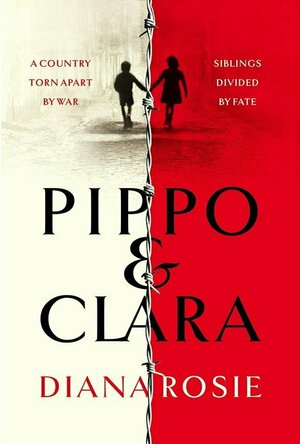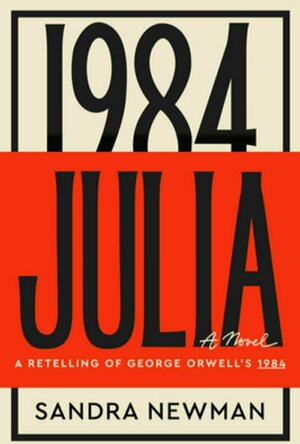The Dialectics of Liquidity Crisis: An Interpretation of Explanations of the Financial Crisis of 2007-08
Book
This book analyses the logic of applying the American Post-Keynesian economist Hyman Minsky's...
ClareR (6037 KP) rated Pippo and Clara in Books
Apr 16, 2021
Pippo and Clara arrive in the city with their mother after their Romany father is murdered. One morning their mother gets up early to buy food and doesn’t return. Clara goes to look for her, turning right at the entrance to their building; later Pippo awakens and goes to look for his mother and Clara, turning left at the entrance. This change in direction means the children don’t see one another for a long time.
Luckily, they are each adopted into families (unofficially) who love and care for them - Clara’s family are Fascists, Pippo’s are Communists.
This was such an emotional story. It wasn’t just what happened to these children, it was the bigger picture as well. When the inevitable happens and the Germans occupy Italy, Jews are rounded up and taken away, people fear for their freedom and their lives.
It was fascinating to read about the Freedom Fighters (Partisans) and their acts of espionage, as well as how they fought back. This included even those who had been fascists under Mussolini’s regime.
There’s so much to talk about in this book (perfect for a book club, I should think!), but I won’t spoil it. Needless to say, I really enjoyed it and was thoroughly heartbroken by the end. Any book about war is going to have tragic elements, but this is about hope as well, and the fact that good can, and did, overcome evil.
Another recommendation for the historical fiction fans. It’s a fabulous novel.

SimplePlanes
Games and Education
App
NOTE: This game requires an iPhone 4s / iPad 2 / iPad Mini 1/ iPod 5 or better. Build airplanes by...
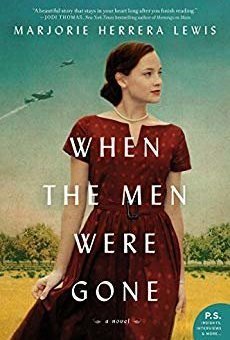
When the Men Were Gone
Book
A cross between Friday Night Lights and The Atomic City Girls, When The Men Were Gone is a debut...
WWII WW2 World War 2 World War II football Texas
ClareR (6037 KP) rated Limberlost in Books
Oct 22, 2023
Limberlost is a place. It’s the orchard belonging to Ned West’s family; but all Ned can think about is sailing in a boat of his own, far from life in Limberlost.
The story moves back and forth between Ned’s childhood and his adulthood. Ned’s older brothers go away to fight in WW2, and he lives with his father and older sister. Their lives revolve around worry for the brothers and the apple crop. Ned is struggling as the brother left behind, so he decides to trap rabbits and sell their fur in order to buy his own boat. When he accidentally traps a quoll, only he and Callie (who lives on the next farm and is his best friend Jackbirds sister) know. He decides to nurse it back to health.
Ned’s childhood is seen through three significant moments: the capture of the quoll, the rebuilding of a Huon pine boat, and years before when his father borrowed a boat and took his children out to look at the whales.
Many years later, Ned still remembers these moments.
It was interesting (and sobering) to read about mans, and Neds, impact on the land: how his crop spraying may have been the cause of his wife’s cancer, and how colonisation was the reason why the orchard was his and not the native people’s anymore.
This is such a gentle, gorgeously written novel, and utterly devastating in parts. Even the description of Ned sanding his boat was told with such tenderness - the reader is there, inhaling the scent of pine.
This is yet another utterly entrancing novel from Robbie Arnott. I’m most definitely a fan.
Lindsay (1779 KP) rated Saving Mrs. Roosevelt in Books
Sep 10, 2022
The author does a beautiful job of telling the story and adventures that Shirley Davenport goes through. She goes through some training and trials as she is on a mission but can not tell her family. The way she comes home and has to deal with losing her brother on the same day she comes home from training.
You will be surprised as to who it is in the end. Shirley and her friend Joan sign up to be SPARS. Will Joan be loyal to her country, or will she not be? Things do not all seem as they are when Shirley gets home. She must lie to protect herself and her family. Will she be found out?
She seems to be charming a young man who is a Captain. Will the Captain fall for Miss Davenport, or will he wall in his grief for his two young brothers? They have stood paired up to capture the person trying to kill the Roosevelts. Will Shirley be successful in finding out about the conspiracy against the first lady?
Suppose you are looking for an excellent book to read about history and the woman that help during world war two on the homefront. This book does tell a story about a few heroes of ww2. With a little bit of romance as well.
If you’ve ever wondered what happened what happened to Winston Smith’s girlfriend both before, during and after the original novel, then this book will answer those questions.
Julia starts off being able to navigate the world under the ideology of IngSoc and the rule of the Party, for example, she’s a member of the Anti-Sex League whilst being promiscuous at the same time: she plays their game, but leads her own life in secret. She’s good at protecting herself - right up until she encounters Winston. And then she loses her grip on her self-preservation skills.
A lot of the scenes are the same as in the original and written from Julia’s point of view, and I enjoyed reading about the backstory of Oceania and the countryside that at first didn’t seem to be effected by the Party. I don’t think Julia detracted from the original. In fact she adds to it.
1984 was written between 1946 and 1949 shortly after WW2, and Orwell was very close historically to Stalinist Russia and Nazi Germany. It was a time of geopolitical tension and fear of totalitarianism. Sandra Newman was able to write Julia at a considerable distance from these regimes. I’m not saying this is better, just different. Newman has seen the fall of both regimes and is perhaps able to write with more perspective. She can take social media into account for one thing (it gives the Two Minutes Hate a run for it’s money, that’s for sure!).
I enjoyed this. If you’re interested in the female perspective on 1984, then you’ll probably enjoy it too.
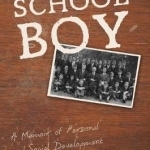
Grammar School Boy: A Memoir of Personal and Social Development
Book
This memoir covers the first twenty years of the life of the author, a retired university professor,...
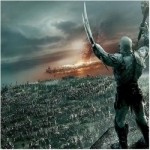
GameNet for - UEBS Ultimate Epic Battle Simulator
Reference and Entertainment
App
Here is a sandbox like no other. Create massive battles with absolutely no limits. Want to see...

